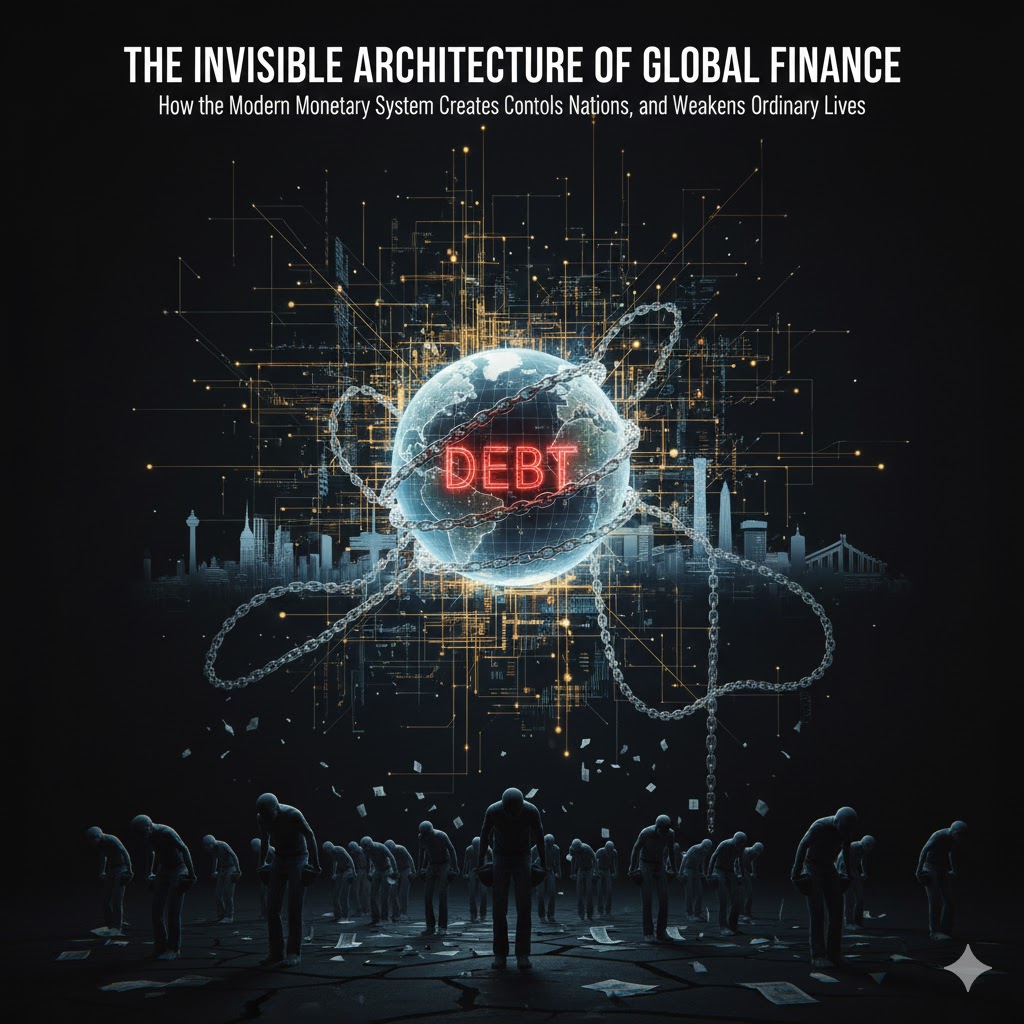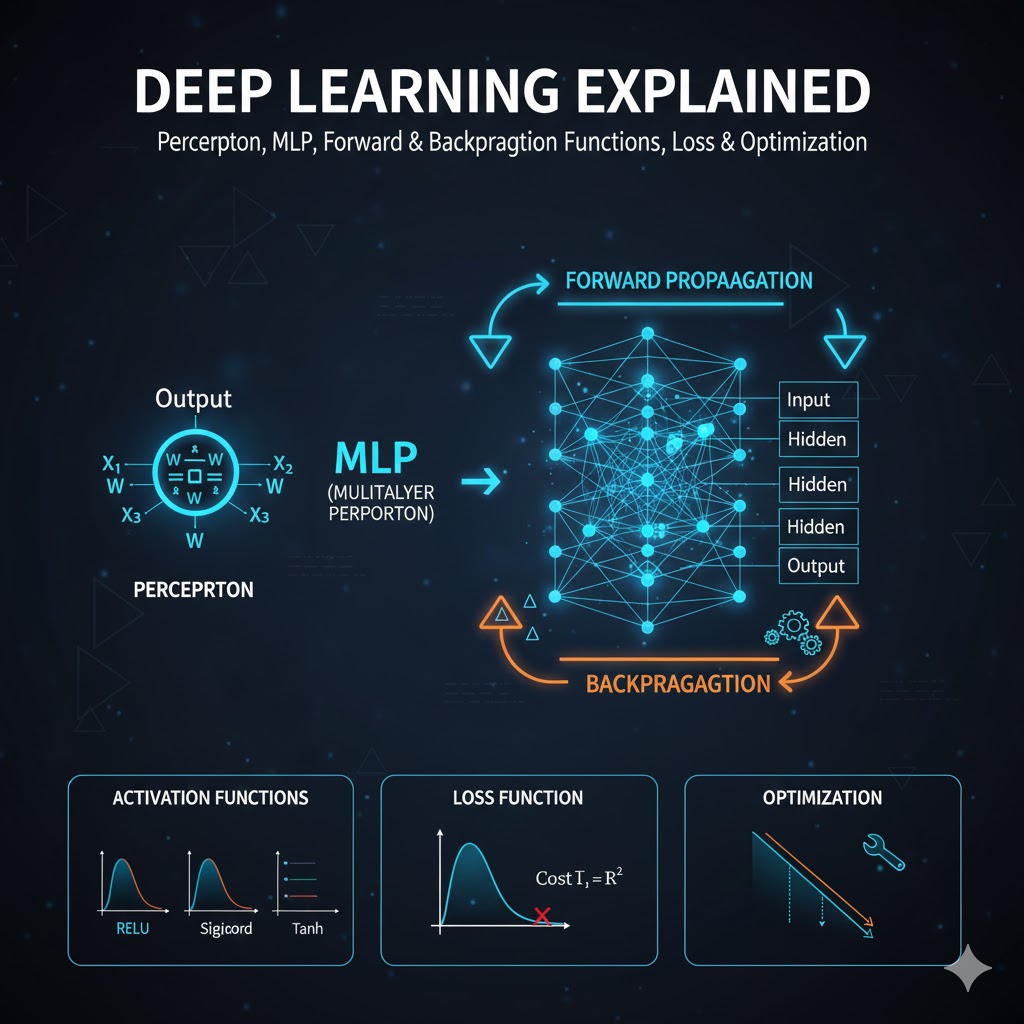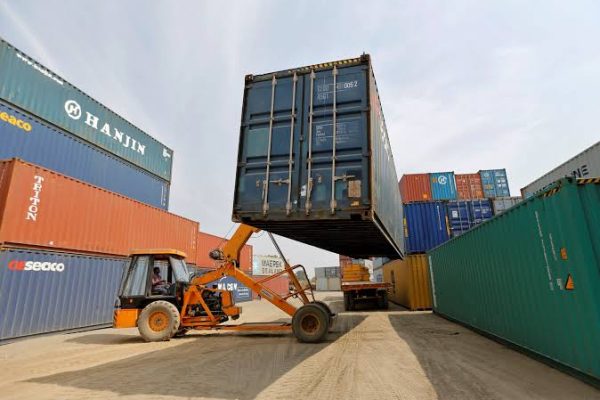
Future Trends in Kenya’s Real Estate Market: Insights and Predictions
Explore the transformative future of Kenya’s real estate market in this detailed analysis tailored for investors. Discover key trends, economic influences, and technological advancements shaping this emerging sector. Learn how urbanization, demographic shifts, and sustainability initiatives are driving change, and uncover the opportunities and challenges that will define Kenya’s real estate landscape in the coming years. Gain valuable insights to make informed strategic investment decisions in one of Africa’s most promising markets.
















